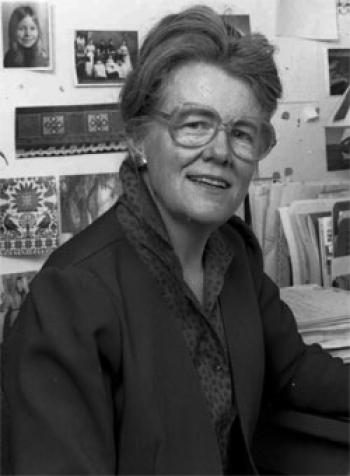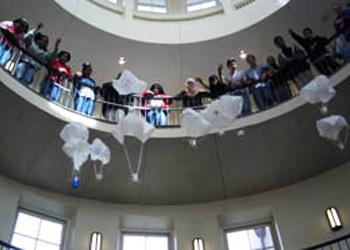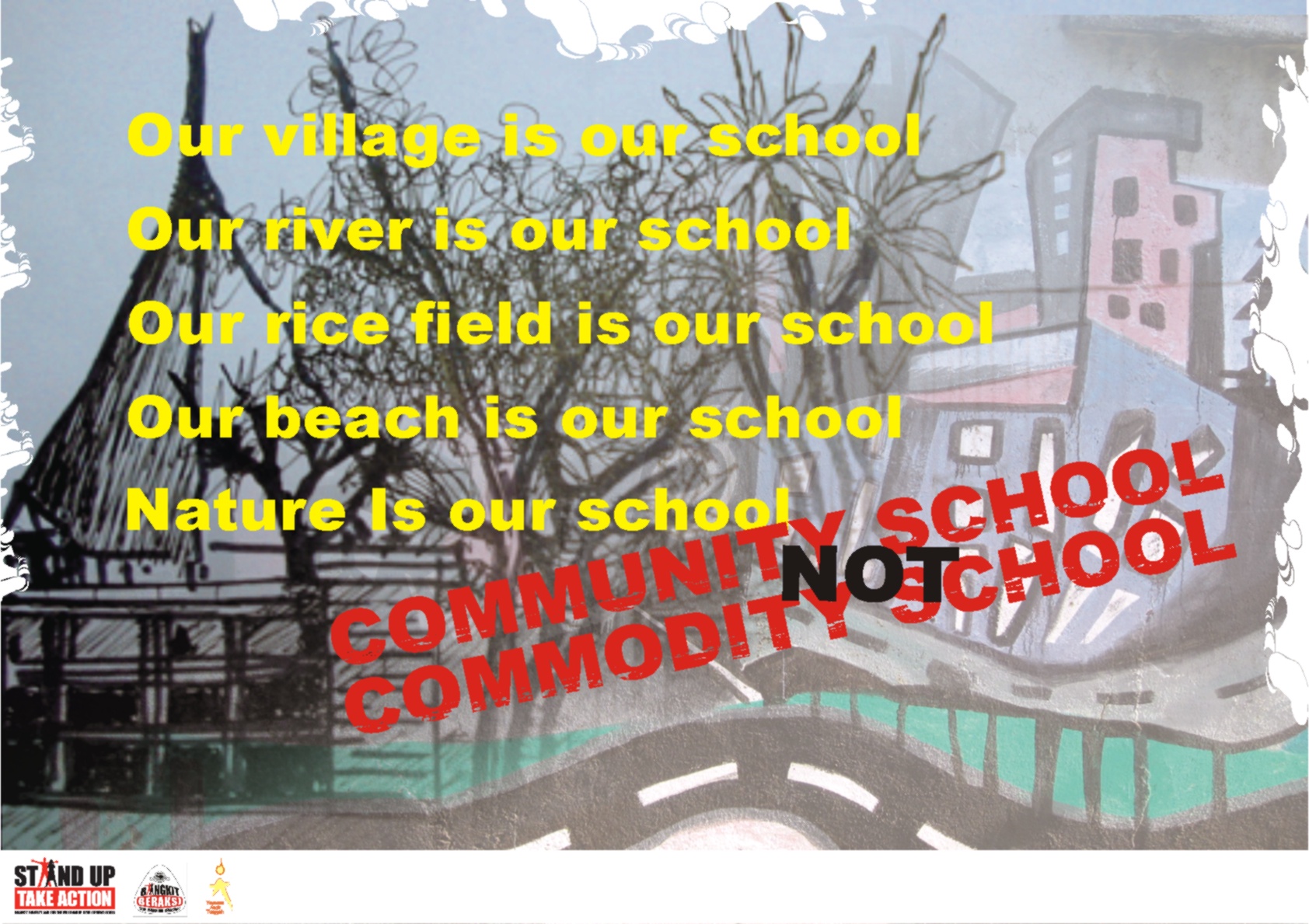
My work at ASIAC (formerly AIDS Services in Asian Communities), an HIV service organization in South Philly that primarily works with immigrants, has pushed me to recalibrate how I understand peace, conflict, and social justice at very fundamental levels. During the first year I was at ASIAC, I helped to work on a Needs Assesment of the Asian and Pacific Islander (API) immigrant community in Philadelphia. As I wrote in a blog entry, last December, challenges facing HIV-positive Asian and Pacific Islanders range from their limited proficiency in English, to lack of access to insurance, to poor nutrition, to harsh immigration policies. These obstacles have been especially apparent during the work I do with clients, particularly Indonesians who I can talk with directly in Indonesian. It is jarring to realize that many people sought asylum in the US to escape violence in their home countries, only to become sick with a life-long illness here and lack the proper resources to treat it.

 © Serendip® 1994 - All rights reserved. Privacy Policy
© Serendip® 1994 - All rights reserved. Privacy Policy








